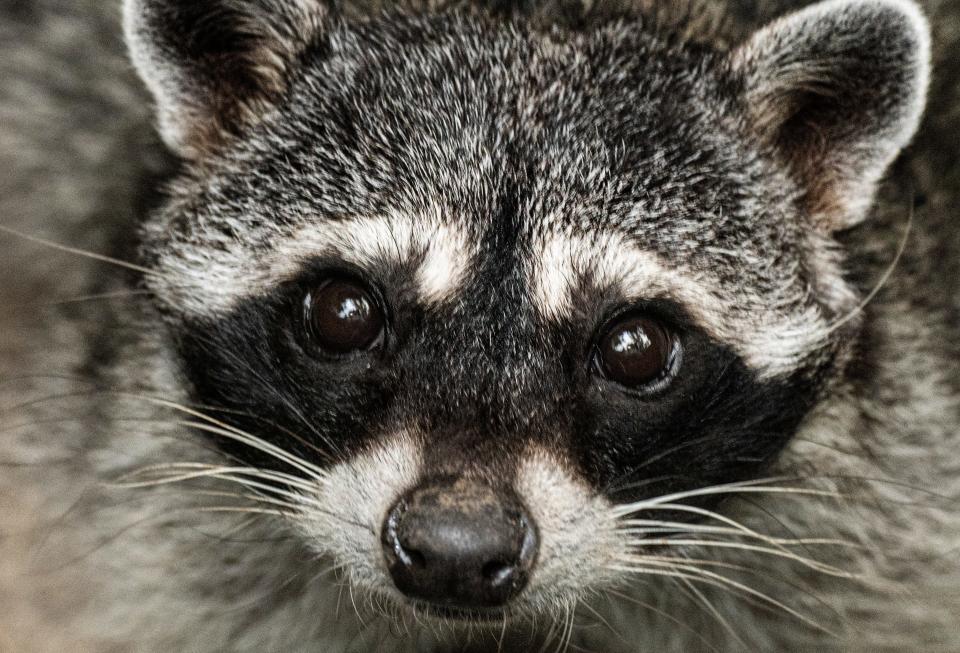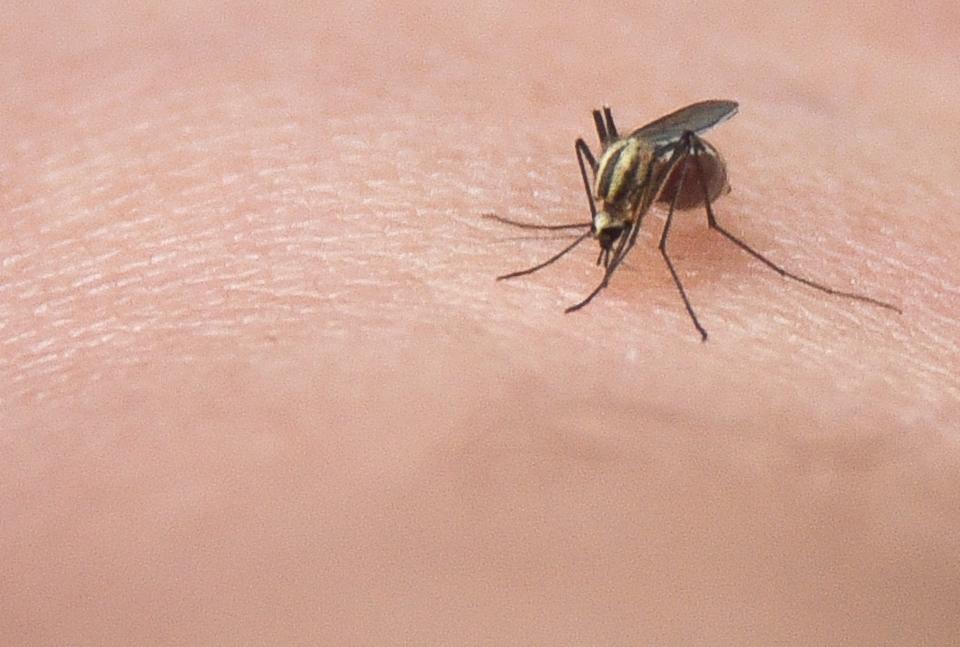Animal attacks reported across USA this spring. This piece of advice could save your life.
It's nearly summer in America: Schools are letting out, people are enjoying the great outdoors and animals seem to be attacking people all over the country.
Two grizzly bears mauled a man this week on a mountain trail at the Grand Teton National Park. A 9-year-old boy died after being attacked by pack of feral dogs in South Dakota. Two people suffered minor injuries a few weeks ago from a raccoon attack at a Pennsylvania amusement park. And a nearly 11-foot alligator appeared "out of nowhere" in April to bite a man's leg in Florida (someone promptly ran the gator over).
Hundreds of people die in the U.S. yearly due to animal encounters, a 2020 study published by the National Library of Medicine reports. The recent attacks show Mother Nature can be dangerous, but experts say there are ways to stay safe and respect wildlife in their habitats when recreating this summer.
Perhaps most importantly: Don't approach wild animals.
"If you see wildlife, stay away so that the wildlife can respect your and their safety," said Patrick Lendrum, a senior science specialist for the World Wildlife Fund's Northern Great Plains program, which aims to conserve and restore native prairie and wildlife. Most people's encounters with animals are positive and the potential threat of wildlife shouldn't prevent people from going out into nature this summer, Lendrum said.
Is it OK to approach wildlife under any circumstances?
Most experts say no – for the safety of humans and wildlife.
"It's recommended that you never approach wildlife, regardless of the situation," Lendrum said.
"Animals in nature are wild and can be unpredictable, no matter how calm they appear to be. Maintaining a safe distance is the best practice for the safety of you and the wildlife."
That's true even if you see an animal in distress (Lendrum says to call an expert) or you get the chance to approach a small animal (some bite or scratch humans and can carry rabies).

Does that mean you can't watch wildlife?
Not at all — if you do so from a safe distance.
If there's one place in the U.S. known for its amazing views of dangerous wildlife, it's Yellowstone National Park. America's first national park is filled with tourists who come to see fearsome creatures — including bears, bison and wolves — that can (and do) harm careless visitors.
From Acadia to Zion: What travelers should know about each of America's national parks
So where better to look for tips about how to safely watch wild animals? The park has suggested a few ways people can protect themselves from unwanted encounters with animals:
View animals from a car instead of on land, if possible, and never approach wildlife because animals can be unpredictable. If you are outside of a vehicle, experts recommend staying 100 yards away from bears and wolves and 25 yards away from other animals.
Avoid feeding wildlife because they may become "aggressive toward people." Experts also recommend people keep their food and garbage packed away when they are not using those items.
Stay on trails and boardwalks when possible. And experts warn parents to keep their children close.
National parks: Grand Canyon ranked as the 'most dangerous' park, but it's not as alarming as you think
Staying safe is a little tougher if you encounter a dangerous animal by surprise, but federal officials have detailed tips about how to stay safe around bears, wolves, moose, snakes and other wildlife. Reading up before heading out into nature can help you prepare for a chance encounter.
Are big animals the only thing you have to worry about?
No, tiny insects can be dangerous too.
Mosquitoes are the deadliest animals to humans because they transmit diseases like malaria, dengue, Yellow fever and Zika. While the rates of these diseases are low in the U.S., you should still take steps to prevent bug-borne disease:

Ticks: Ticks can be dangerous to humans because they carry illnesses, including Lyme disease and Rocky Mountain spotted fever, according to the national nonprofit National Forest Foundation. But you can help spot or avoid ticks by: wearing light colored clothing, treating clothing, using repellants, walking in the middle of a trail, avoiding tall grasses and regularly checking for ticks, wrote Carolyn Bucknall in an article for the organization.
Bees and wasps: The Centers for Disease Control and Prevention recommends staying safe from bee and wasp stings by "remain(ing) calm and still if a single stinging insect is flying around," wearing light-colored, smooth finished clothing and running away if you are attacked by several bees.
Protect yourself: What animal kills the most humans per year?
Contributing: Camille Fine, Clare Mulroy; USA TODAY
Contact Kayla Jimenez at kjimenez@usatoday.com. Follow her on X at @kaylajjimenez.
This article originally appeared on USA TODAY: Bears, dogs among recent US animal attacks: How to stay safe


